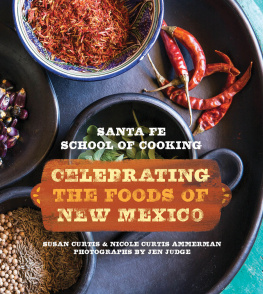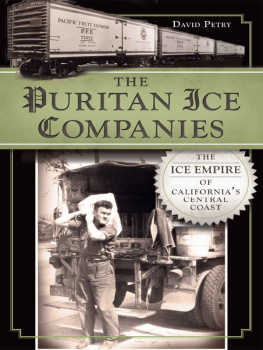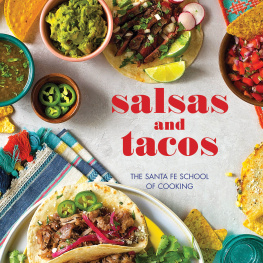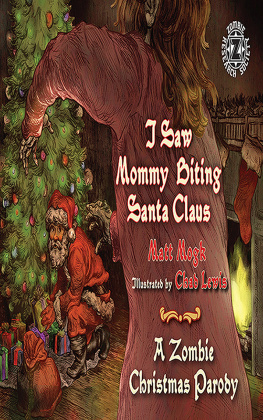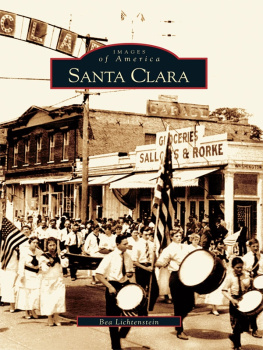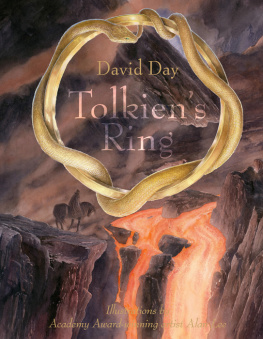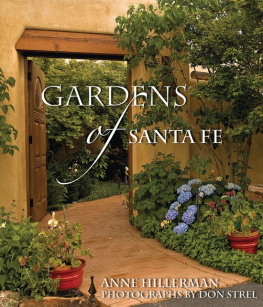2014 by the University of New Mexico Press
All rights reserved. Published 2014
Printed in the United States of America
19 18 17 16 15 14 1 2 3 4 5 6
The Library of Congress has cataloged the printed edition as follows:
Caffey, David L., 1947
Chasing the Santa Fe Ring : power and privilege in territorial New Mexico / David L. Caffey.
pages cm
Includes bibliographical references and index.
ISBN 978-0-8263-5442-6 (cloth : alkaline paper) ISBN 978-0-8263-5443-3 (electronic) 1. New MexicoPolitics and government18481950. 2. New MexicoEconomic conditions19th century. 3. Land grantsNew MexicoHistory19th century. 4. Land speculationNew MexicoHistory19th century. 5. Power (Social sciences)New MexicoHistory19th century. 6. Political corruptionNew MexicoHistory19th century. 7. SocietiesNew MexicoSanta FeHistory19th century. 8. Political cultureNew MexicoSanta FeHistory19th century. 9. BusinessmenNew MexicoSanta FeHistory19th century. 10. PoliticiansNew MexicoSanta FeHistory19th century. I. Title.
F801.C27 2014
978.9'04dc23
2013035997
CONTENTS
INTRODUCTION
What Do You Know of Its Existence?
CHAPTER ONE
The Gilded Age, East and West
CHAPTER TWO
A Ring Is Formed
CHAPTER THREE
Colfax County and the Maxwell Land Grant
CHAPTER FOUR
The Lincoln County War
CHAPTER FIVE
The Firm of Elkins and Catron
CHAPTER SIX
The Business of Land
CHAPTER SEVEN
A Progressive and Enterprising Spirit
CHAPTER EIGHT
Fracture in the Ranks
CHAPTER NINE
A Territory or a State?
CHAPTER TEN
The End of an Epoch
CHAPTER ELEVEN
The Myth of the Ring
CHAPTER TWELVE
Conquest and Consequence: Reflections on the Ring
APPENDIX A
Who Was in the Santa Fe Ring?
APPENDIX B
Profiles of Alleged Ring Participants
PREFACE
The Santa Fe Ring has long been something of a black hole in the history of territorial New Mexico. In 1878, a writer for the Denver Daily Tribune referred to the Ring as a matter about which pretty much everybody has heard a good deal more than they have seen. It is still the case that, while allusions to the Ring are plentiful in territorial histories, specifics have been sorely lacking, and volunteers for the job of finding and cataloging them have been few.
I now understand the evident reluctance of historians to tackle this subject, having spent the better part of a decade studying documentary references to the Ring and its alleged participants, with the intent of writing something that might contribute to a better understanding. The Santa Fe Ring turns out to be a slippery topic, fraught with controversy from the first appearance of the phrase in the territorial press. The notion comes with an abundance of opinions but a dearth of facts. Descendants of presumed Ring members are more numerous than ever. Some still reside in New Mexico. Among them are public-spirited and generous individuals, whose contributions have enriched the state and their communities. The family of Thomas Benton Catron, the leading figure in most accounts of the Ring, comes to mind.
Among the friends that I encounter in archival repositories and historical meetings, nearly everyone has been surprised and interested that I was working on this subject. One of them, a former state historian, smiles slightly and says, Youve got a real hot potato there. Another, doubtful about the whole matter, advises me never to use the phrase Santa Fe Ring, unless preceded by the modifying adjective alleged. Still another helpful colleague insists that the nefarious deeds of the Ring are indeed common knowledge and urges me to hang em high. All such expressions of encouragement, personal opinion, and cautionary advice are appreciated, but I am not optimistic about the prospect of satisfying the varied expectations of these and other readers. I hope that the effort will at least encourage further attempts to better comprehend this important but still murky episode in New Mexicos history. This study should at least provide some grist for discussion and debate. The intent has not been to prosecute or defend those who have been identified with activities of the alleged Ring, but to explore what the designation has signified to contemporaries and later observers.
The work would not have been possible without the help of librarians and archivists who have gone out of their way to locate materials and facilitate access. With gratitude, I acknowledge assistance received from these institutions and organizations: New Mexico State Records Center and Archives, Santa Fe; Palace of the Governors Photo Archives, Santa Fe; New Mexico State Library, Santa Fe; Fray Anglico Chvez History Library, Santa Fe; Center for Southwest Research, University of New Mexico Libraries, Albuquerque; Rio Grande Historical Collections, New Mexico State University, Las Cruces; Eastern New Mexico University General Library, Portales, New Mexico; Clovis Community College Library, Clovis, New Mexico; University of Utah Special Collections, Salt Lake City; Utah State Historical Society, Salt Lake City; Old Mill Museum, Cimarron, New Mexico; U.S. National Archives and Records Administration, Washington, D.C.; Library of Congress, Washington, D.C.; Special Collections, Georgetown University Libraries, Washington, D.C.; Henry E. Huntington Library, San Marino, California; Bancroft Library, University of California, Berkeley; West Virginia Collection, West Virginia University, Morgantown; Haley Memorial Library and History Center, Midland, Texas; Kansas State Historical Society, Topeka; Indiana Historical Society, Indianapolis; New York Historical Society Library, New York; and Wisconsin Historical Society, Madison.
I am also grateful for gifts of research materialtranscriptions of the reports of Frank Warner Angel on the troubles in Lincoln County from E. Donald Kaye, and Victor Westphalls unpublished manuscript on the American Valley murders from Walter Westphall. John Porter Bloom kindly permitted the use of his unpublished paper on the Santa Fe Ring and historical treatments of the Ring, and he offered a useful perspective in the formative stages of the work. The voluminous and highly informative works of Ralph Emerson Twitchell and Victor Westphall were resources of special value relative to my subject. These and other chroniclers who have gone before are acknowledged with deepest gratitude.
Malcolm Ebright read , A Territory or a State? and provided helpful comments. Richard Melzer read the entire manuscript and offered suggestions that helped improve the narrative and make the material more accurate and readable. Suggestions relative to use of Spanish-language newspapers came from Gabriel Melndez, David V. Holtby, and Beth Silbergleit. These contributions are very much appreciated. Judgments, interpretations, and factual errors remain my sole responsibility.


